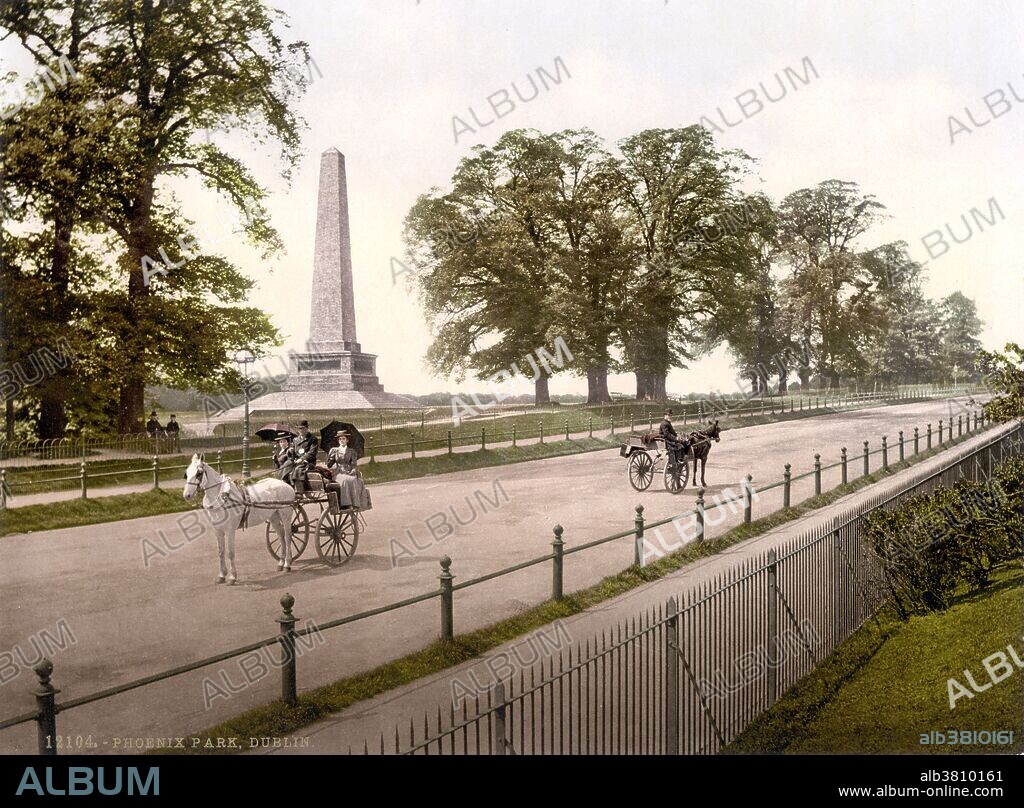alb3810161
Phoenix Park, Dublin, Ireland, 1890s

|
Añadir a otro lightbox |
|
Añadir a otro lightbox |



¿Ya tienes cuenta? Iniciar sesión
¿No tienes cuenta? Regístrate
Compra esta imagen

Título:
Phoenix Park, Dublin, Ireland, 1890s
Descripción:
Ver traducción automática
Phoenix Park photographed by the Detroit Publishing Company circa 1890-1900. Phoenix Park is an urban park in Dublin, Ireland. It is one of the largest walled city parks in Europe. After the Normans conquered Dublin and its hinterland in the 12th century, Hugh Tyrrel, 1st Baron of Castleknock, granted a large area of land, including what now comprises the Phoenix Park, to the Knights Hospitaller. The knights lost their lands in 1537 following the Dissolution of the Monasteries under Henry VIII of England. Eighty years later the lands reverted to the ownership of the King's representatives in Ireland. On the restoration of Charles II of England, his Viceroy in Dublin, the Duke of Ormonde, established a Royal Hunting Park on the land in 1662. It contained pheasants and wild deer, making it necessary to enclose the entire area with a wall. It was opened to the people of Dublin by the Earl of Chesterfield in 1745. The Wellington Monument is situated at the southeast end of the Park, overlooking Kilmainham and the River Liffey. The structure is 203 feet tall, making it the largest obelisk in Europe. The Irish Government is lobbying UNESCO to have the park designated as a world heritage site.
Crédito:
Album / LOC/Science Source
Autorizaciones:
Modelo: No - Propiedad: No
¿Preguntas relacionadas con los derechos?
¿Preguntas relacionadas con los derechos?
Tamaño imagen:
4200 x 3097 px | 37.2 MB
Tamaño impresión:
35.6 x 26.2 cm | 14.0 x 10.3 in (300 dpi)
 Pinterest
Pinterest Twitter
Twitter Facebook
Facebook Copiar enlace
Copiar enlace Email
Email
